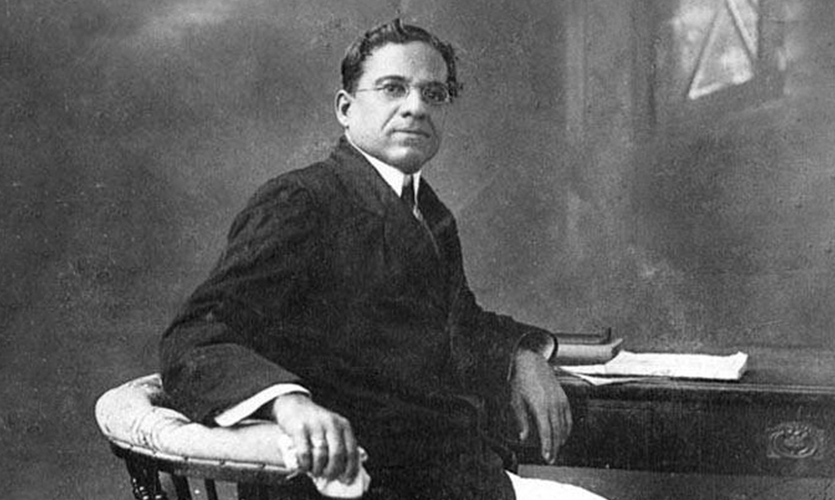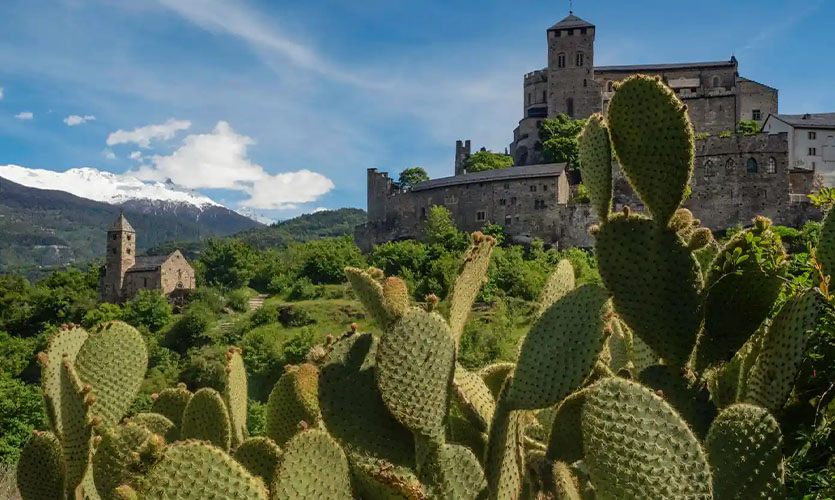Cinema has the power to move anyone; even director Dadasaheb Phalke, who came about films one fine day, was thoroughly inspired, and went on to make India’s first indigenous film.
Commemorating Dadasaheb’s 29th death anniversary, let’s relive his priceless contributions to the Indian film industry.
The story of the inception of Indian cinema would be incomplete without exploring the life of the ‘Father of Indian Cinema’ – Dadasaheb Phalke. How did a little boy born in Nashik change the game for films with limited technology at hand? This is the tale of Phalke, the storyteller, and his vision.
Phalke’s life story takes us back to 1885, when he first showed interest in the arts. He joined the Sir JJ School of Art, Bombay, to explore a wide range of interests, including amateur dramatics, photography, lithography, architecture, and magic, some of which he later on cast on screens with his films.
He joined the Kala Bhavan after completing a year-long drawing course at the Maharaja Sayajirao University of Baroda. He hurriedly bought a film camera and started getting to grips, printing and taking pictures with it.
He was allowed to use the Kala Bhavan’s equipment, and subsequently, started a company called Shri Phalke’s Engraving and Photo Printing. At first, he failed. Eventually, Phalke found success by making stage curtains for theatre companies. The collaboration also had its advantages as Phalke started getting small roles in their productions. He worked as a photographer for the Archaeological Survey of India for a short while, all of which greatly contributed to his craft later on.
The Spell Of Mythology
Years went by and Phalke went on to pursue a brief career as a painter, a set designer for theatre, and a photographer. That is when Phalke crossed paths with the renowned artist Raja Ravi Varma at his lithography press.
When it came to developing the technique of photo-litho transfers of his artwork, Varma’s most trusted press employee was a young photographer by the name of Dhundiraj Govind Phalke. Phalke eventually turned into one of his closest friends. He was greatly influenced by several of Ravi Varma’s paintings of the Hindu gods while working at his lithography press. This impression is apparent in Phalke’s own portrayal of various gods and goddesses in the mythological films he later made.
When tragedy struck the press, Ravi Varma made the decision to give Phalke, his favourite employee, a sizable portion of the sales proceeds after selling the property. He offered the necessary support, both financially and morally, knowing of Phalke’s dream to work in the film industry.
Films, their stories, and their cinematography tend to grip you in their magic and have an impact on you, whether it is knowingly or otherwise. One a fine day, Phalke took his elder son Balchandra to watch ‘Amazing Animals’ at the America India Picture Palace in the erstwhile Bombay state, and was immediately drawn into the world of movies.
Balchandra, enchanted by seeing animals on screen for the very first time, told all about it to his mother. When none of his family members believed what he witnessed, Phalke took them to watch another film on Easter – The Life of Christ by Alice Guy-Blaché.
While the life of Jesus played out on the screen, Phalke envisioned Hindu deities such as Ram and Krishna coming to life instead, and decided to venture into the business of “moving pictures”.
In 1912, Phalke moved to London to study the art of filmmaking from British pioneer filmmaker Cecil Hepworth, and after his return, he established the film production company Phalke Films.
History In The Making
Over the course of a year, Phalke gathered European catalogues, books, and equipment for making movies. By shining candlelight through a lens and projecting the images onto a wall, he started projecting movies at night after purchasing a small film camera and reels.
Ultimately, Phalke decided to write the script for a movie based on the tales of Harishchandra. He got hold of imported filmmaking equipment, built a dark room to process his film and even taught his family the process.
To attract financiers for his feature-length film, Dadasaheb first shot a short film called Ankurachi Wadh (Growth of a Pea Plant). He patiently shot one frame a day for over a month, producing a film of just over one minute, displaying seeds growing, sprouting, and changing into a climber. After screening the short film to a selected few, Yashwantrao Nadkarni and Narayanrao Devhare offered Phalke a loan.
Phalke printed advertisements for the casting of the film in a bunch of newspapers, but when he could not find women to play female leads, he cast men to play them. He even cast his sons in the film and took it upon himself to write, direct, and oversee production design, make-up, editing, and film processing – making it all his own brainchild.
On April 21, 1913, ‘Raja Harishchandra’ premiered at the Olympia Theatre, Bombay, and later on had its theatrical release at the Coronation Cinema in Girgaon. The film was a raging success as India’s first indigenous feature film, and became the foundation for modern-day Bollywood.
Phalke’s line-up of work followed the mythological stories of Mohini, the female avatar of the Hindu god Vishnu, and Bhasmasura, an asura (demon) for Mohini Bhasmasur, and the mythological love story of Nala, a king of Nishadha Kingdom, and Damayanti, a princess of the Vidarbha Kingdom.
Unfortunately, the effects of the World War overshadowed Phalke’s work. With time, his investors and distributors became scarce, and he resorted to making short films.
Rajaram III, the Maharaja of the princely state of Kolhapur, commissioned Phalke to make a sound movie for his production company “Kolhapur Cinetone” in December 1934. ‘Gangavataran’ became Dadasaheb Phalke’s last film and the only talkie. Alas, Phalke became a victim of the advancing technology of sound film as time progressed. The man who had founded the Indian cinema industry was left obsolete by the talkies.
However, Dadasaheb’s contribution to the film industry remains forever etched in history. He introduced many things ahead of his time; female leads in a climate where women working was frowned upon, trick cinematography, casting male actors as female leads and of course, the first Indian silent motion picture.
Dadasaheb Phalke’s life reel in the current box office culture is truly a blessing. His work laid the foundation of Bollywood and sowed the seeds for the production of legendary films. In times of remakes and commercial hits, the industry remains indebted to Dadasaheb’s contributions that continue to be a golden page in the history of Indian cinema and remnants of a man who mastered his craft.
Read more: Diving Into The Historic Indian Culture At The Kala Ghoda Arts Festival










